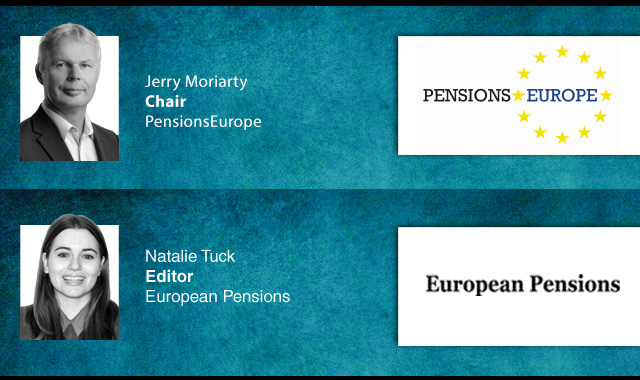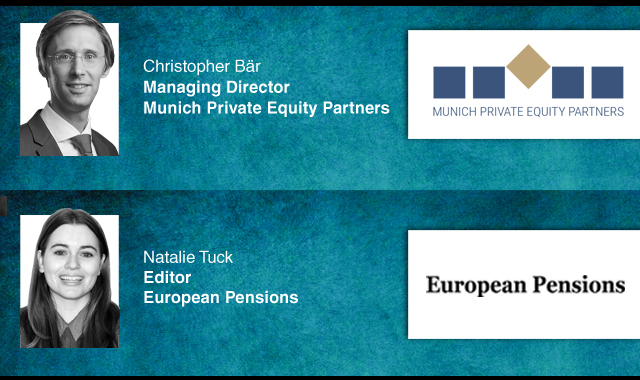Finnish earnings-related pension provider Elo reported an investment return of €1.4bn (4.5 per cent) for the first three quarters of 2025, down from €2.09bn (7 per cent) in the same period last year, according to its interim results.
Its operational result fell from €714m in January−September 2024 to €242m in January−September 2025.
However, in the third quarter, Elo’s return on investment increased to 2.9 per cent, compared with 1.7 per cent in the same period last year.
Elo chief investment officer, Jonna Ryhänen, credited the rise of the stock market to tariff agreements between the United States and its key trading partners, as well as the strong development of large technology companies.
Consequently, the market value of Elo’s investments rose from €32.4bn at the end of 2024 to €33.5bn by the end of quarter three (Q3) 2025.
The provider’s 10-year average return on investments stood at 5.9 per cent, equivalent to a 3.7 per cent real return.
Elo’s solvency ratio rose slightly from 123 per cent at the end of 2024 to 123.2 per cent at the end of Q3 2025, while its solvency position remained unchanged at 1.4 times the solvency limit.
Operating expenses covered by the expense loading component totalled €54m at the end of Q3, down from €56m a year earlier.
Elo CEO, Carl Pettersson, noted that Elo has “systematically” improved cost efficiency over the long term, achieving even better results this year than expected.
As a result, the expense loading fee for the provider’s statutory pension plans for employees under the Employees’ Pensions Act (TyEL) will be reduced by an average of 20 per cent in 2026, benefiting employer customers.
At the end of September, Elo managed 45,600 TYEL policies for employees and 84,200 statutory pension plans for the self-employed under the Self-Employed Persons’ Pensions Act (YEL), covering a total of 473,400 insured employees and self-employed persons.
Elo’s cumulative market share for new YEL policies was 38.8 per cent, while for TYEL policies it was 41 per cent.
Elo’s occupational rehabilitation focuses on returning customers to work, and in 2024, 75 per cent of rehabilitees successfully returned to work. This result was 2 percentage points higher than the success rate of other operators in the field.
At the end of June, Elo had 254,319 pension recipients, up from 253,900 at the end of 2024.
Meanwhile, its pension payments in January to September 2025 totalled €3,506m, up from €3,396m in the same period last year.
The total number of pension decisions issued on application fell from 22,541 in Q3 2024 to 20,787 in Q3 2025, with processing times remaining at an “excellent” level.
The number of applications for disability pensions decreased slightly, while new positive disability pension decisions rose from 2,464 to 2,540.
The interim results also highlighted that the financial situation of companies has not improved during the year, with bankruptcies among Elo’s customers remaining high in January–September.
This was also reflected in TyEL-related credit losses. In 2025, the amount of credit losses is estimated to be almost at the same level as in 2024.
Looking ahead, the economic outlook for the remainder of the year is cautiously positive, supported by recovering real household incomes after a slowdown in inflation and improving expectations.
However, it noted that US tariffs overshadow the production and export outlook, creating cost and margin pressures for companies.
Elo stated that in accordance with its strategy, it will continue implementing the earnings-related pension system. The provider has updated its strategy for 2026–2030 and will publish it during the fourth quarter of 2025.
Latest News
-
€550bn Dutch pension shift to trigger ‘significant unwind’ of longer-dated bonds
-
NBIM ‘all-in on AI’ as it publishes updated strategy
-
Sweden's AP7 introduces risk-based exclusions framework; 35 companies excluded
-
Finnish pension reform ‘increases volatility’ but paves way for rise in long-term returns – ETK
-
Watts Clift pension scheme completes £4m buy-in with Aviva
-
Sweden’s AP1 bows out with over SEK 500m in assets
Podcast: Stepping up to the challenge

In the latest European Pensions podcast, Natalie Tuck talks to PensionsEurope chair, Jerry Moriarty, about his new role and the European pension policy agenda
Podcast: The benefits of private equity in pension fund portfolios

The outbreak of the Covid-19 pandemic, in which stock markets have seen increased volatility, combined with global low interest rates has led to alternative asset classes rising in popularity. Private equity is one of the top runners in this category, and for good reason.
In this podcast, Munich Private Equity Partners Managing Director, Christopher Bär, chats to European Pensions Editor, Natalie Tuck, about the benefits private equity investments can bring to pension fund portfolios and the best approach to take.
In this podcast, Munich Private Equity Partners Managing Director, Christopher Bär, chats to European Pensions Editor, Natalie Tuck, about the benefits private equity investments can bring to pension fund portfolios and the best approach to take.
Mitigating risk
BNP Paribas Asset Management’s head of pension solutions, Julien Halfon, discusses equity hedging with Laura Blows
© 2019 Perspective Publishing Privacy & Cookies





Recent Stories